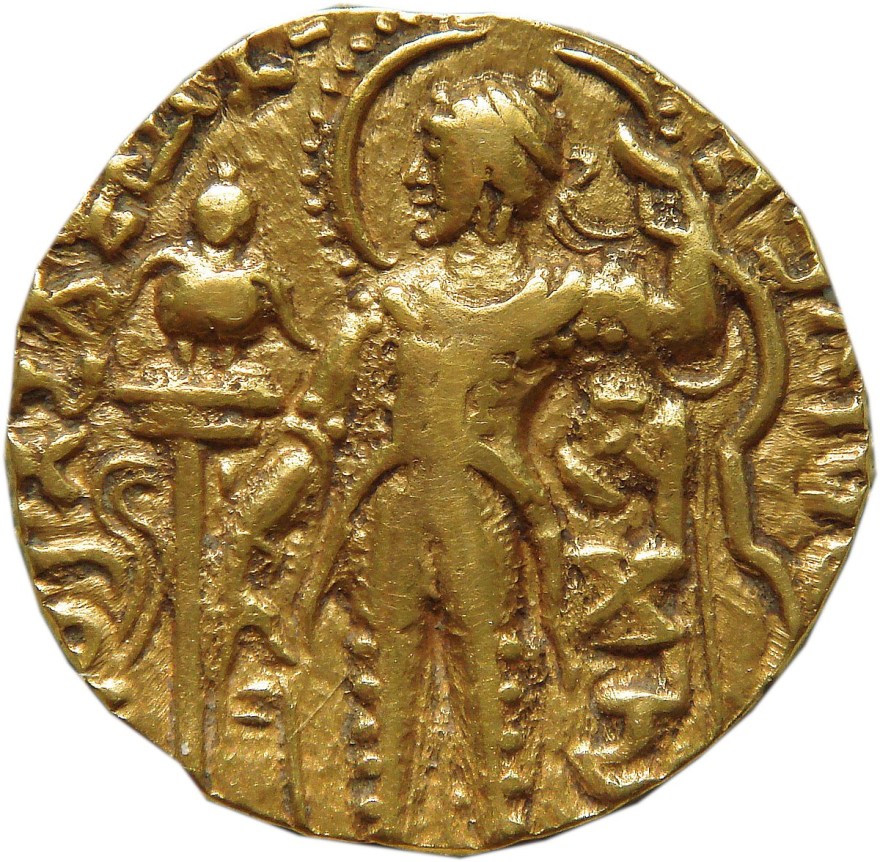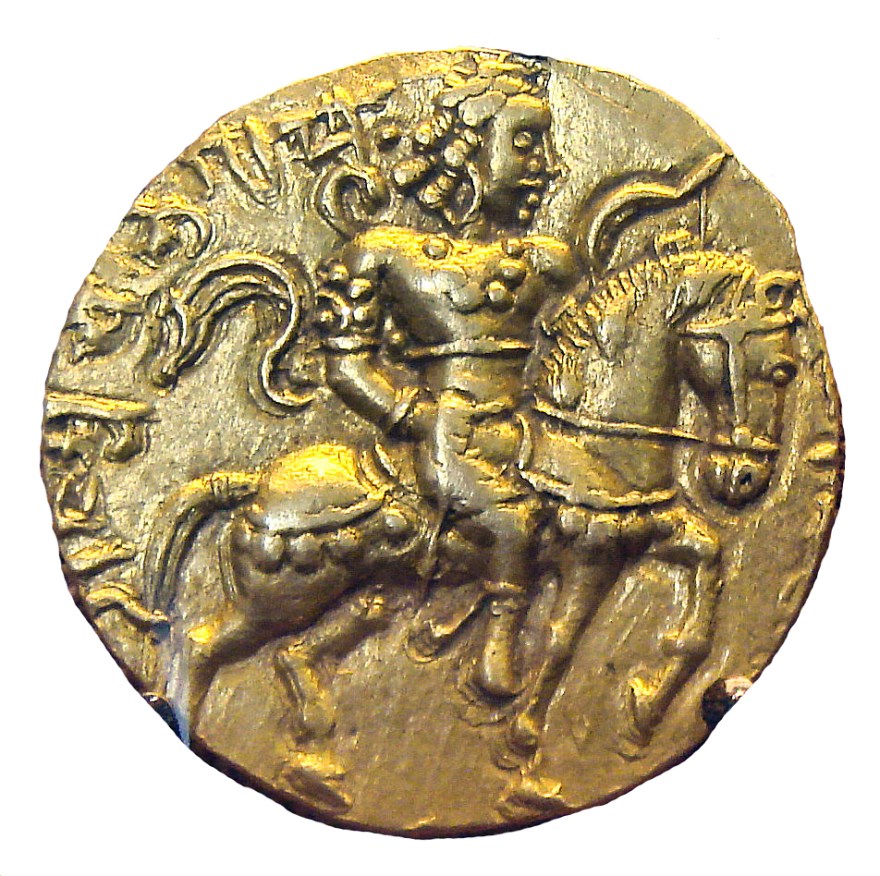The Majestic Metal Work Of The Gupta Empire: Unraveling The Ancient Craftsmanship, Unleash Your Curiosity!
The Glorious Metal Work of the Gupta Empire
Have you ever wondered about the exceptional craftsmanship and artistic genius of ancient civilizations? One such remarkable period in history was the Gupta Empire, which flourished from around 320 to 550 CE in the Indian subcontinent. Among the many legacies left behind by this empire, the metalwork stands out as a testament to the empire’s unparalleled skill and mastery over the art of metallurgy. In this article, we will delve into the world of metal work of the Gupta Empire, exploring its significance, techniques, and enduring beauty.
What is the Metal Work of the Gupta Empire?
Metal work of the Gupta Empire refers to the exquisite metal objects crafted during the reign of the Gupta dynasty. This period witnessed a significant advancement in metallurgical techniques, resulting in the creation of magnificent artifacts made primarily from bronze, copper, and precious metals like gold and silver.
3 Picture Gallery: The Majestic Metal Work Of The Gupta Empire: Unraveling The Ancient Craftsmanship, Unleash Your Curiosity!



Who Were the Master Craftsmen?
The master craftsmen responsible for the stunning metal work of the Gupta Empire were highly skilled artisans who had perfected their craft through years of practice and dedication. These craftsmen, known as shilpins, were revered for their ability to transform raw metals into intricate and awe-inspiring creations.
When and Where Did the Metal Work Thrive?

Image Source: blogspot.com
The metal work of the Gupta Empire reached its zenith during the Gupta period, which spanned from the 4th to 6th century CE. This golden age of Indian art and culture was centered in the region of North India, particularly in the present-day states of Uttar Pradesh and Bihar.
Why was Metal Work Important to the Gupta Empire?
Metal work held immense significance in the Gupta Empire, not only for its aesthetic appeal but also for its symbolic and utilitarian purposes. The exquisite metal objects created during this period were not only embellishments for palaces and temples but also served as offerings to deities and were used for religious ceremonies.
How Were the Metal Artifacts Created?
The creation of metal artifacts during the Gupta period involved a meticulous and intricate process. The craftsmen used various techniques such as lost-wax casting, repoussé, and engraving to bring life to their creations. The skill and precision required to produce these artifacts were unparalleled, resulting in pieces that showcased intricate details and breathtaking beauty.
Frequently Asked Questions about Metal Work of the Gupta Empire

Image Source: wikimedia.org
Q: What types of metal objects were created during the Gupta period?
A: A wide range of metal objects were crafted, including statues, figurines, jewelry, utensils, and ceremonial objects.
Q: What materials were commonly used?

Image Source: smarthistory.org
A: The craftsmen primarily worked with bronze and copper. However, gold and silver were also used for more exquisite pieces.
Q: What were the typical sizes of these artifacts?
A: The sizes varied depending on the purpose of the object. Statues and figurines ranged from small handheld pieces to monumental works of art.
Q: Were there any specific requirements for the metal work?
A: The craftsmen had to possess a deep understanding of metallurgy, as well as the ability to fuse practicality with artistic expression.
The Beauty and Significance of Metal Work of the Gupta Empire
The metal work of the Gupta Empire continues to captivate and inspire art enthusiasts and historians alike. The exquisite craftsmanship, attention to detail, and artistic finesse displayed in these artifacts are unmatched. From the delicate engravings on jewelry to the lifelike expressions of the statues, every piece is a testament to the empire’s artistic prowess.
While the Gupta Empire might have faded into history, its metal work lives on, reminding us of the rich cultural heritage and artistic brilliance of ancient India. The metal objects crafted during this period reflect not only the technical mastery of the craftsmen but also the cultural, religious, and social values of the Gupta Empire.
Conclusion
In conclusion, the metal work of the Gupta Empire stands as a testament to the empire’s artistic legacy. The craftsmanship, innovation, and attention to detail displayed by the master artisans continue to amaze and inspire generations. The metal artifacts created during this period not only showcase the empire’s artistic prowess but also provide a glimpse into the rich and vibrant culture of ancient India. It is truly an honor to witness the enduring beauty of the metal work of the Gupta Empire and appreciate the timeless treasures it has left behind.
This post topic: Metalworking

